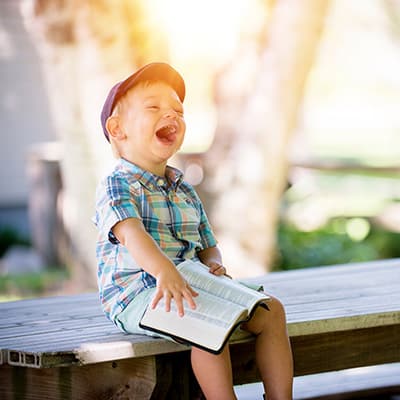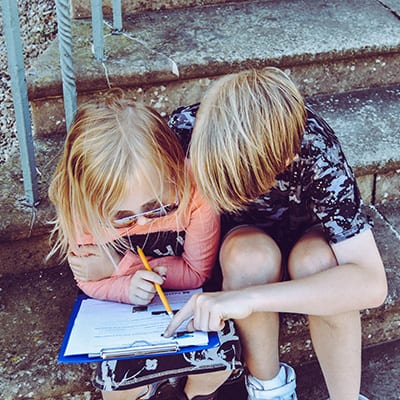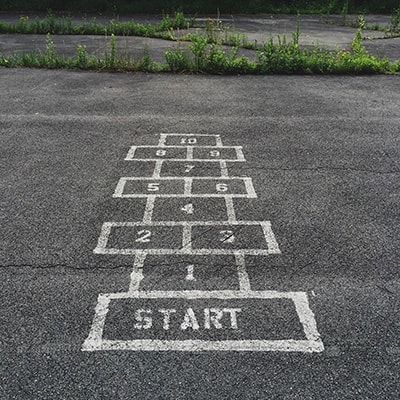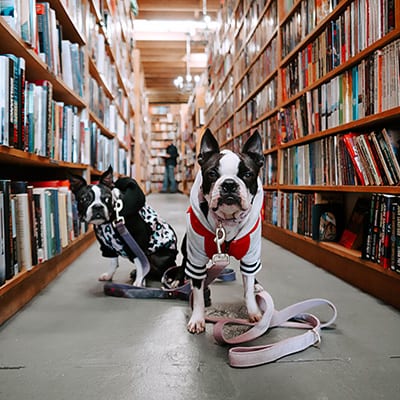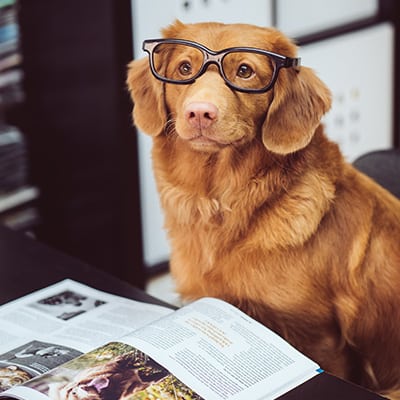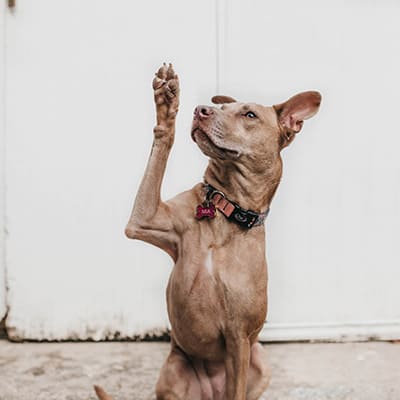Archive for July 22, 2014
Common Core Reading Lessons: Voice
Common Core Reading Lessons: Voice An author’s tone or attitude toward a subject in a text. Voice Lessons – Covers second through sixth grade. Examples: Identify and describe the author’s voice (feelings) in a poem using the title and textual evidence. Compare and contrast words and phrases in poems with different voices. Give examples of…
More...Common Core Reading Lessons: Vocabulary in Context
Common Core Reading Lessons: Vocabulary in Context The meaning of a word within a text. Vocabulary in Context Lessons – Covers kindergarten through sixth grade. Examples: Use picture cues to read unknown words. Use visual, meaning, and structure clues together to determine the meaning of a word. Use a dictionary to find the meaning of…
More...Common Core Reading Lessons: Theme
Common Core Reading Lessons: Theme The underlying message or lesson that the author is trying to convey to the reader. These often include universal values dealing with life, society or human nature. Theme Lessons – Covers second through sixth grade. Examples: Identify the plot and main idea of a story that supports the theme. Identify events…
More...Common Core Reading Lessons: Setting
Common Core Reading Lessons: Setting Where and when a story takes place. Setting Lessons – Covers kindergarten through sixth grade. Examples: Identify when and where a story takes place. Identify and describe when a story takes place using evidence from pictures, text, and clue words. Determine the implicit setting of a story using context clues…
More...Common Core Reading Lessons: Sequence
Common Core Reading Lessons: Sequence The order of events or steps in a text. Sequence Lessons – Covers kindergarten through sixth grade. Examples: Show the correct order of events from beginning to end in a story. Use sequence clue words (morning, afternoon, late afternoon, night, and months) to show the correct order of events in…
More...Common Core Reading Lessons: Pronoun Reference
Common Core Reading Lessons: Pronoun Reference Tracing a pronoun to the source noun to which it refers. Pronoun Reference Lessons – Covers kindergarten and first grade. Examples: Identify pronouns and the nouns that they refer to. Substitute pronouns for nouns. Conventions of Standard English CCSS.ELA-Literacy.L.K.1 Demonstrate command of the conventions of standard English grammar and…
More...Common Core Reading Lessons: Predicting
Common Core Reading Lessons: Predicting Using information from a text to decide what will most likely happen next. Predicting Lessons – Covers kindergarten through sixth grade. Examples: Predict the outcome of a story with repeated text. Revise predictions that are incorrect. Make predictions based on character relationships. Create predictions based on historical events. Integration of Knowledge…
More...Common Core Reading Lessons: Point of View
Common Core Reading Lessons: Point of View The perspective from which a story is told to the reader (i.e. first person). Point of View Lessons – Covers kindergarten through sixth grade. Examples: Identify and describe the differences between first person and third person points of view. Identify and describe first person, third person objective, third…
More...Common Core Reading Lessons: Plot
Common Core Reading Lessons: Plot The structure of events that make up the main story of a text. Plot Lessons – Covers kindergarten through sixth grade. Examples: Identify and describe the problem and solution in a story. Identify and describe the story elements in a story (characters, setting, problem, solution). Identify and describe how characters…
More...Common Core Reading Lessons: Main Idea
Common Core Reading Lessons: Main Idea The big idea in a text that tells what the text is mostly about. Main Idea Lessons – Covers kindergarten through sixth grade. Examples: Identify and describe what a book is mainly about using the title, text, and pictures. Identify and describe the main idea of a nonfiction book…
More...Common Core Reading Lessons: Genre
Common Core Reading Lessons: Genre A category or type of text, organized by common literary elements. Genre Lessons – Covers kindergarten through sixth grade. Examples: Identify the difference between fiction and nonfiction. Identify facts learned from a nonfiction text. Use guide words in an encyclopedia to locate a subject. Identify the characteristics of science fiction.…
More...